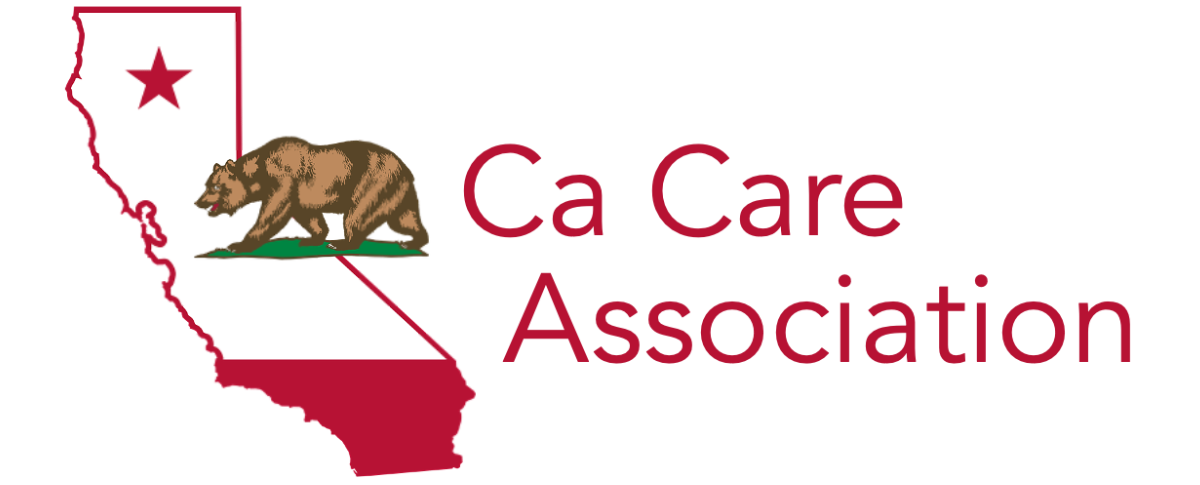
CAREGIVER CAREER ASSISTANCE
How to Write a Perfect Caregiver Resume
When it comes to securing caregiver positions, creating an effective resume can be a challenge for many caregivers. That is why it is important to know the key points and important aspects that need to be included in resume writing in order to stand out and showcase your skills in an effective way.
But don't worry, we will guide you through the essential elements of an outstanding caregiver resume, and teach you how to write them. By understanding and applying these components properly you can position yourself as a professional and be ready to take on a new person to take care of.
A caregiver resume has the same parts as any other resume. Understanding the various sections of a resume allows you to present your information in a clear and organized manner. By structuring your resume properly, you enhance readability and make it easier for employers to find the information they need.
Parts of a Caregiver Resume
Header and Contact Information
The header and contact information contains your full name, phone number, email address, and your physical address (optional). This information is important because it enables the agency or employer to contact you
Professional Summary
A professional summary includes a brief statement that captures your career goals, relevant work experience, skills, and achievements. This section is usually about 3-4 sentences long.
Education and Certificates
This section contains the highest level of education you have attained. You can also include any relevant certifications, degrees, and the date you attained them.
Skills Section
Include a skills section that highlights your relevant caregiving skills and abilities. Be sure to incorporate both hard skills and soft skills.
Hard Skills - Hard skills refer to specific technical or measurable abilities that are acquired through training, education, or experience. Examples include medical administration, knowing how to do first-aid or CPR, meal planning and preparation, proficiency in operating medical equipment, and many more.
Soft Skills - Soft skills are personal attributes and interpersonal abilities that enable individuals to effectively interact with others, navigate challenging situations, and demonstrate essential qualities. Examples of soft skills are patience, empathy, effective communication, active listening, compassion, problem-solving skills, and many more.
Work Experience
This section includes a detailed description of your work experience starting with your most recent position. This includes the job title, name of the organization, location, and dates of employment. Provide a brief description of your responsibilities, focusing on relevant caregiving duties and achievements.
Tips for Creating a Caregiver Resume
Tailor Your Resume to the Client You’re Applying for
In order to create the perfect caregiver resume, you need to know what you are applying for in order to tailor your resume for the specific needs of the client you are going to care for. For example, a caregiver for an elderly person would need different skills compared to a caregiver for a young child. It is important to highlight skills that are relevant and useful to the person that you will care for. It is helpful to have different resumes for different situations, just make sure that you are being honest on the skills that you are putting on your resume.
Choose a Clear Format
Select a clean and professional resume format that is easy to read and navigate. Use consistent fonts, bullet points, and headings to organize your information effectively. On average, employers look at resumes for six to seven seconds on average. That is why it's important to make the resume clear and clean for your highlighted skills to be seen easily.
Use High-Impact Statements
High-impact statements are powerful and concise statements that highlight your achievements, contributions, and the value you bring to an organization or role. These statements are designed to grab the attention of employers and leave a lasting impression
Tradition Resume Statement:
Provided care and assistance to elderly residents in a nursing home.
High-Impact Statement:
Enhanced the quality of life for 20+ elderly residents in a nursing home by providing personalized care, assisting with daily activities, and fostering a warm and supportive environment.
There are three steps in creating high-impact statements these are:
Describe Concrete Outcomes - Here you need to state the specific results of your precious labor
Examples:
The physical function of the patient increased by 30%
Reduces the feelings of loneliness and isolation of client
Reduced the number of falls and related injuries
2. Use Action Verbs - After you have chosen an outcome related to the work you are applying to, choose a strong action verb to convey the accomplishment as effectively as possible
Here are examples of action verbs to use:
3. Put the Concrete Outcome and Action Verb at the Beginning - Combine the concreted outcome and the action verb to create a high-impact statement
Example:
Established a proper and accessible environment for the elderly that reduced the number of falls and injuries happening.
Responded promptly and effectively to emergencies, including performing CPR and first aid, resulting in successful resuscitation and stabilization of patients in critical situations.
Downloadable Template
By presenting yourself confidently and effectively through your caregiver resume, you can open doors to new opportunities, make a positive impact on the lives of those in need, and embark on a fulfilling career in caregiving. Remember, your caregiver resume is a powerful tool that showcases your unique abilities and sets you apart as a compassionate and skilled professional in the field of caregiving.









Most people notice changes in their eyesight when they reach the age of 40. The normal change in the eye’s focusing ability called presbyopia, will continue over time. The four most common age-related eye conditions are glaucoma, cataracts, diabetes-related retinopathy, and age-related macular degeneration (AMD).